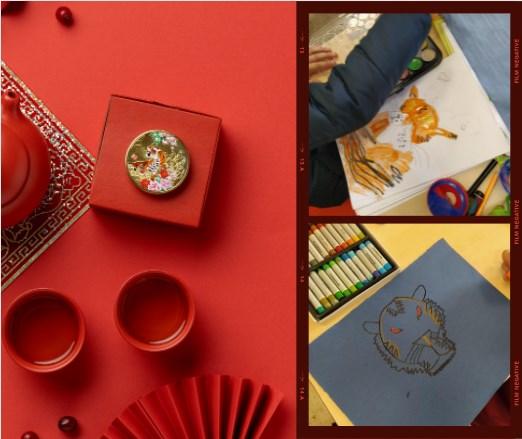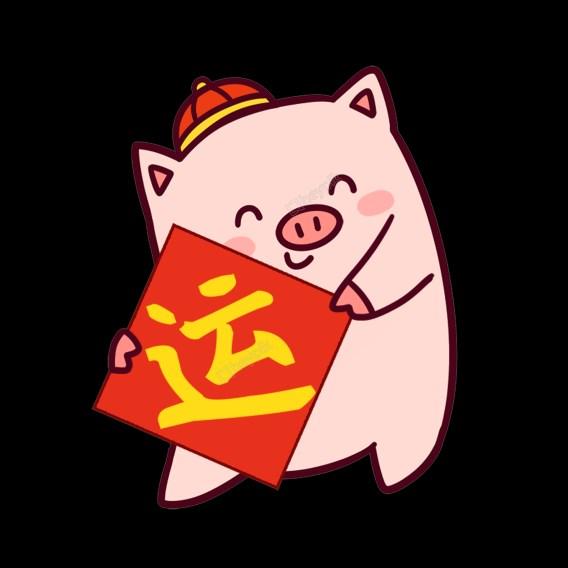
3 minute read
Year of the Tiger
Unity in diversity - 新年好
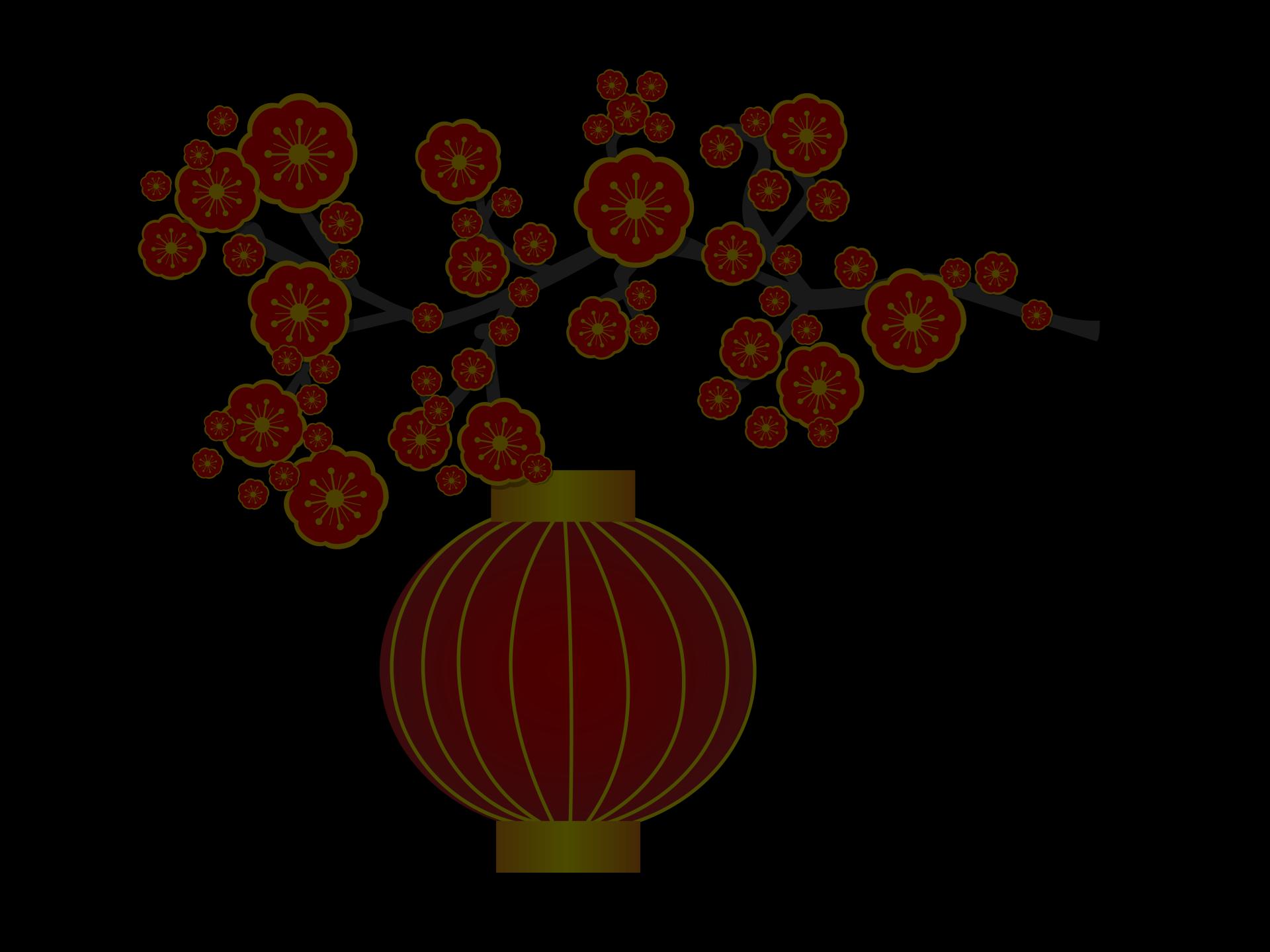
Advertisement
“Good afternoon all, I wish to pass on to all our Chinese community best wishes for the New Year . 新年好”
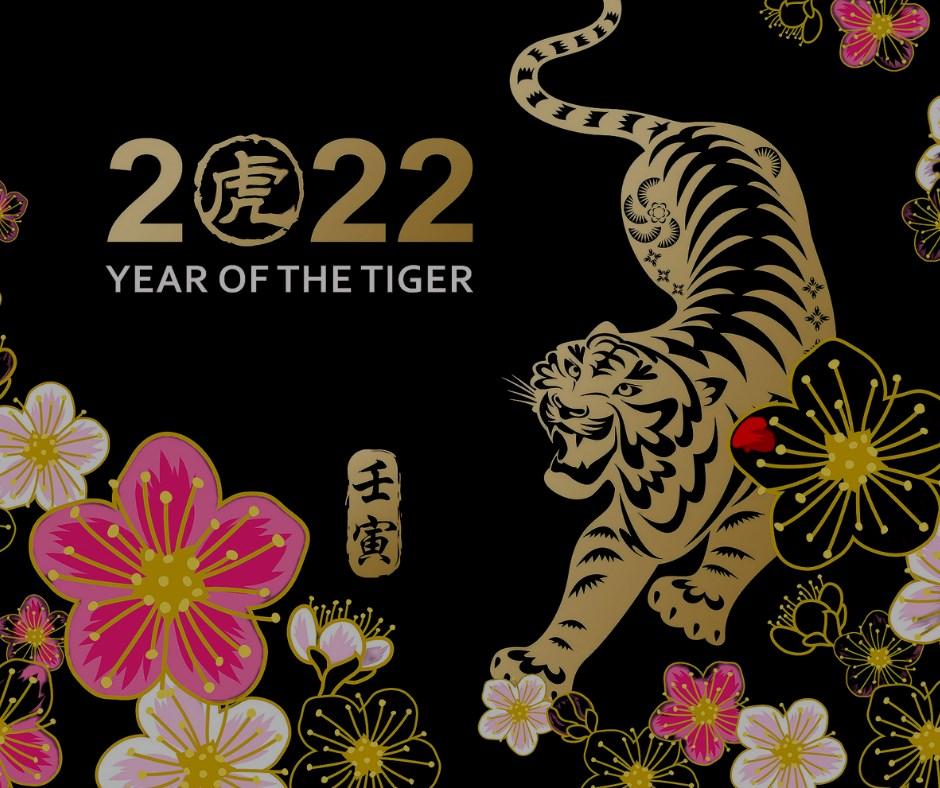
Headmaster dog and pig. This year is number nine, which represents water. It's combined with the third zodiac sign, the tiger, which gives us a water tiger. The last water tiger year was in 1962.
The tiger is considered the king of all animals in Chinese mythology and culture. As a Zodiac sign, it symbolises This is the year of the Water Tiger. On the First of February, our Chinese students celebrated Chinese New Year with lanterns, book marks, fortune cookies and many other activities. Tigers have a very special place in Chinese culture, given that China has been the home and origin of many different species of this majestic creature.
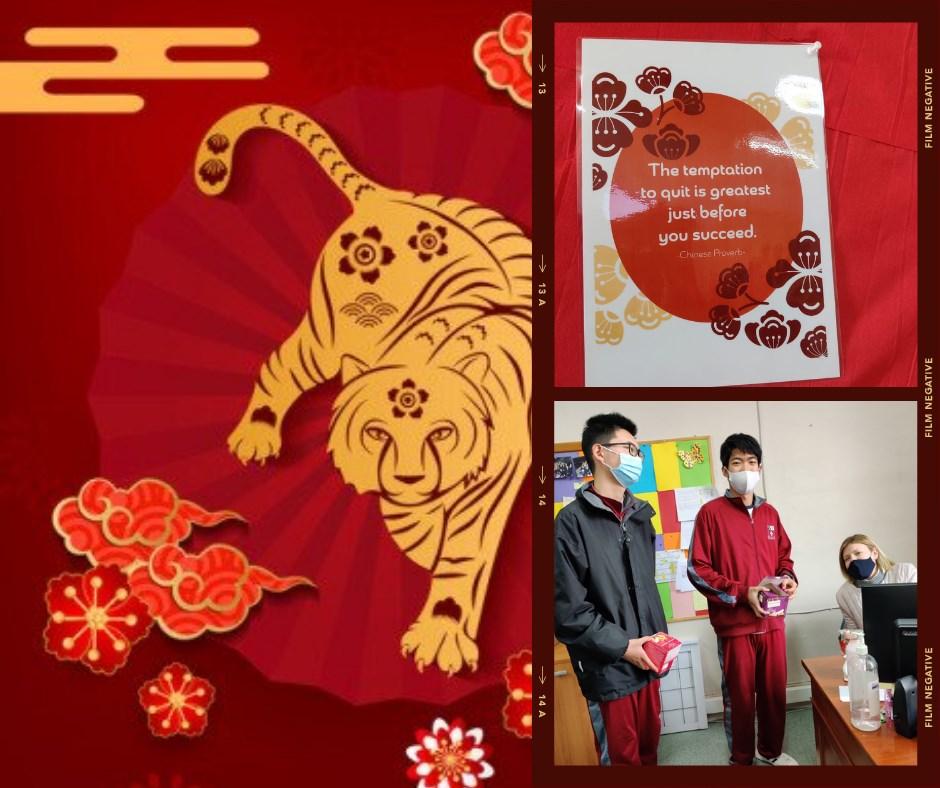
The Chinese Lunar calendar is based around two systems: the 'heavenly' stems and the 'earthly' branches. The earthly branches are comprised of 12 zodiac signs, each represented by an animal, which you've probably heard of. They are the rat, ox, tiger, rabbit, dragon, snake, horse, goat, monkey, rooster,
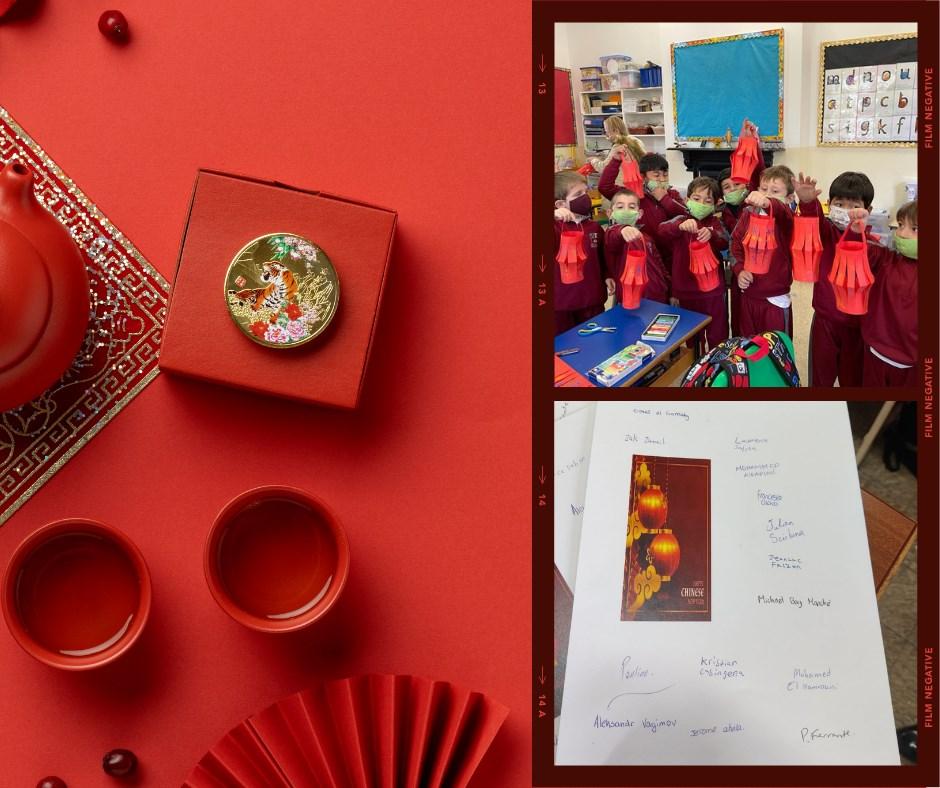
power, courage, confidence, leadership and strength.
It's also known to be an animal that expels all evil. In terms of the Tiger Year, it's associated with vitality and strength.
At St Edward’s College we encourage this sort of cultural sharing and debate. The uniqueness of each civilization shows also a unique trend in humanity: the need to celebrate together. Unity in diversity is a concept which is dear to the College and celebrating Chinese New year is one such occasion.
A cultural experience
By Fiona McCulloch
This week I had the honour of participating in the excitement surrounding Chinese New Year, otherwise known as The Spring Festival, with my Year 9 TEFL students. Our roles were reversed as I was taught all about the many customs involved in this celebration through their colourful and engaging presentations. Below the boys have asked me to share what they feel are some of they are most important traditions of this festival.
The History of the Spring Festival
The history of The Spring Festival is always the most controversial topic, as there are two opposing beliefs about the origin of the festival. One is the story of Yin and Shang, and the other is of the monster ‘Year’.
During the Yin and Shang Period people celebrate the ‘Li Chung’ by worshipping the god they believe is in the sky. And as time went by this developed into the celebration of the New Year agricultural harvest. The Han Dynasty formed the ‘Chinese New Year Etiquette’ and began to set off fireworks, know as burning bamboo. ‘Li Chung’ is also known as The Spring Festival. Continues on Pg 6

Another belief is that The Spring festival developed in response to a monster called ‘Year’. Many years ago, there was a monster who came out every year to destroy nature and buildings and to fill his tummy with humans. The people could not stop him, so every year at this time they would hide underground to avoid being eaten. Until one day a wise old man figured out that the monster was afraid of loud cracking noises and the colour red. From then on



